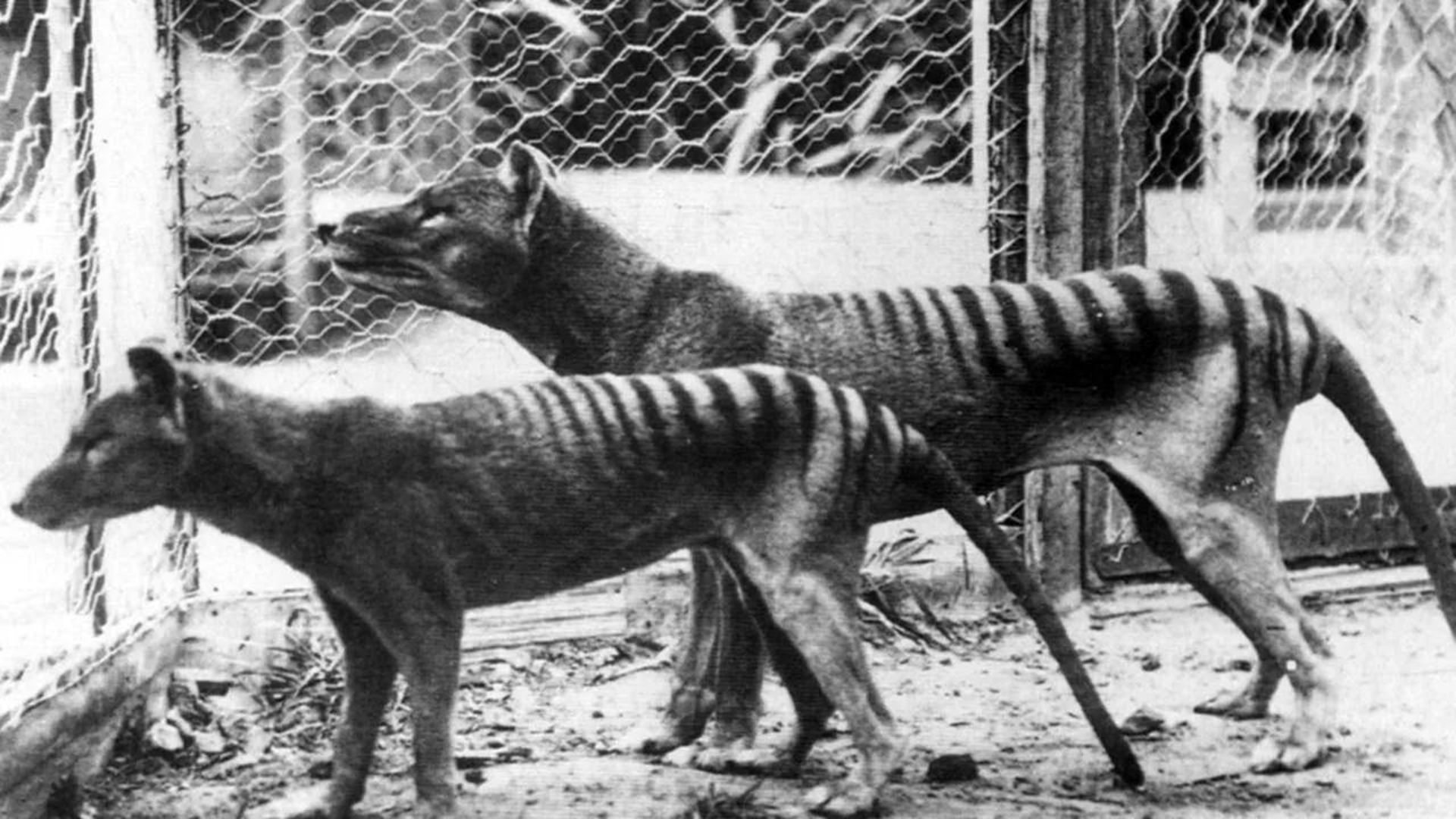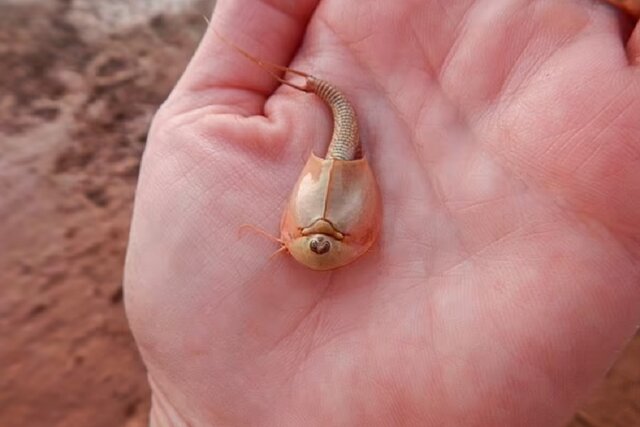The secret of the cleanest air on earth has been discovered. The Arctic Ocean is known for having the cleanest air on Earth, but the exact reasons for this have remained a mystery until now.
The secret of the cleanest air on earth has been discovered
The Arctic Ocean has some of the cleanest air on Earth, but there’s more to it than a lack of human activity. It is true that there are fewer people there and there are no industrial chemicals or burning of fossil fuels, but there are natural sources of fine particles such as salt from evaporating seawater or dust collected by the wind.
According to SA, regardless of their origin, fine solid particles or liquid droplets suspended in the air are known as aerosols. We define clean air as having low levels of particulate matter, without distinguishing between natural or industrial sources.
Recent research has discovered that clouds and rain play an important role in cleaning the atmosphere.
Understanding the role of clouds and rain
Aerosol levels in the Arctic Ocean are influenced by a wide range of factors, including the amount of salt spread and seasonal changes in the growth of tiny plant-like organisms called phytoplankton, which are the source of airborne sulfate particles.
Fewer sulfates are produced in winter when the air in the Arctic Ocean is fresher. But that’s not all. The Arctic Ocean is also the cloudiest place on Earth and experiences short-lived, scattered rain unlike anywhere else on Earth. Therefore, researchers sought to find out the role of clouds and rain in cleaning the air.
The biggest obstacle to understanding these processes has always been the lack of high-quality observations of clouds, precipitation, and aerosols in this region of the world.
Fortunately, a new generation of satellites allows us to study cloud images in unprecedented detail. We developed a computer program to detect different cloud patterns over a large area of the Arctic Ocean.
We specifically looked for distinct honeycomb patterns in the cloud field, the researchers say. These honeycomb clouds are of great interest because they play a major role in regulating the weather.
When a honeycomb cell becomes cloud-filled, or so-called “closed,” it becomes whiter and brighter, reflecting more sunlight into space. So these clouds help to keep the earth cool.
On the other hand, empty or so-called “open” honeycomb cells allow more sunlight to reach the Earth’s surface.
These complexities continue to be a source of error in Earth climate modeling because they are not properly incorporated into the model. It is important to get the balance of open and closed cells right, otherwise the results may be erroneous.
Whether the cells of the honeycomb are open or closed is also related to the amount of precipitation they can produce.
These cells are big enough to be seen from space and have a diameter of about 40 to 60 km. Therefore, we can study them using satellite images.
The aim of our research is to obtain higher-resolution information about clouds, rain, and sunlight, particularly with the launch of the Cloud and Precipitation Experiment in Tasmania, the researchers say.
Clearing aerosols from the sky
We compared the honeycomb cloud patterns with aerosol measurements at the Kennaook/Cape Grim Observatory, as well as with Bureau of Meteorology precipitation observations from a nearby rain gauge, the researchers say.
Our results showed that the days with the cleanest air were associated with the presence of an “open honeycomb cloud,” they say. We think this is because these clouds produce scattered but intense showers that seem to wash the aerosol particles out of the air.
This conclusion is somewhat counterintuitive, but it appears that open cells contain more moisture and produce more rain than closed cells.
Read more: How extinct animals could be brought back from death?
“We found that open honeycomb clouds produce six times as much rain as closed clouds,” the researchers say. Therefore, what is detected by the satellite as less cloudy air actually produces the most effective rain to wash away the aerosols. While the open or closed honeycomb pattern is less effective. This was one of the surprising aspects of our findings.
“We found that empty honeycomb clouds are much more common in the winter months when the air is cleaner,” the researchers added. We also wanted to know what makes cloud fields look the way they do. Our analysis shows that large-scale climate systems control the pattern of the cloud field. As rogue storms move through the Arctic Ocean, they also produce these open and closed cells.
Fresh air and better weather models
Researchers say our research adds a new piece to the puzzle of why the Southern Ocean has the cleanest air in the world.
Precipitation is the key, especially rain that falls from these clear, open honeycomb clouds. We found for the first time that they are actually responsible for clearing the air currents in the Arctic Ocean.
These honeycomb patterns are also found in winter in both the North Atlantic and North Pacific regions. So our work will also help explain how airborne particles, including dust and pollution, are removed in these clouds, and our findings will help improve climate models and enable more accurate predictions.
Rain removes airborne particles from the sky in the same way that a washing machine cleans clothes. Therefore, after passing through the cold front, the air becomes clean and this clean air enters from the southern coast of Australia in winter.





 Technology9 months ago
Technology9 months ago


 Technology10 months ago
Technology10 months ago


 Technology9 months ago
Technology9 months ago


 Technology11 months ago
Technology11 months ago


 Humans1 year ago
Humans1 year ago


 AI1 year ago
AI1 year ago


 Technology10 months ago
Technology10 months ago


 Technology11 months ago
Technology11 months ago
 Well-preserved specimens of the Tasmanian wolf have made it possible to sequence the animal’s DNA.
Well-preserved specimens of the Tasmanian wolf have made it possible to sequence the animal’s DNA. A tiny mouse has helped scientists fill in the gaps in the DNA of the extinct Tasmanian wolf.
A tiny mouse has helped scientists fill in the gaps in the DNA of the extinct Tasmanian wolf. Niagao was a type of prehistoric cattle that roamed the plains of Europe before disappearing in the 1600s.
Niagao was a type of prehistoric cattle that roamed the plains of Europe before disappearing in the 1600s.















